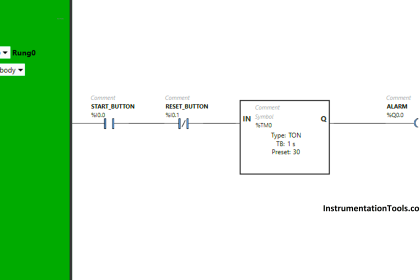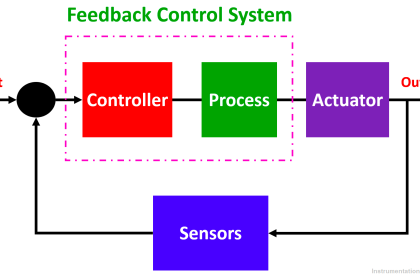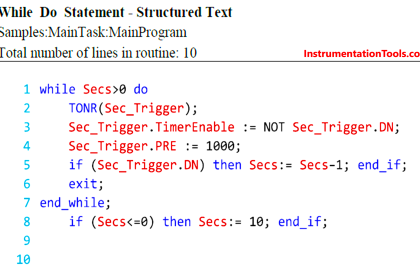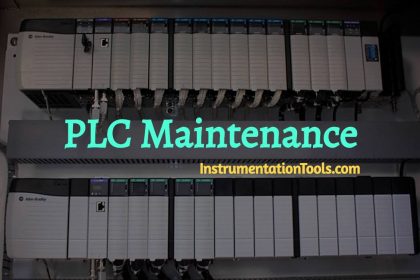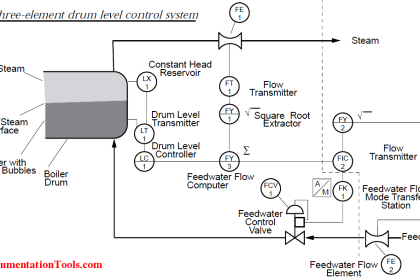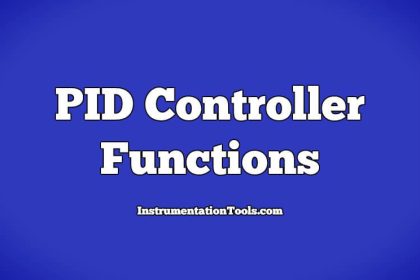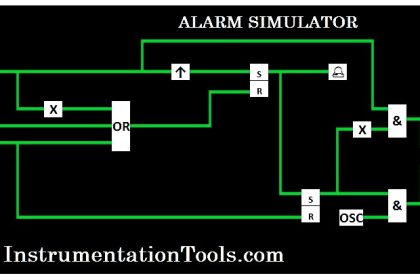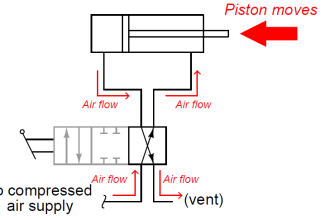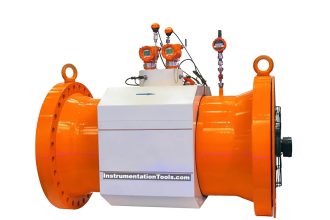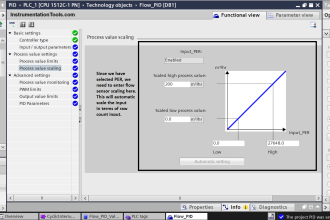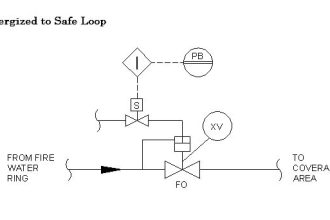The basic fundamentals and practical problem-solving skills required for the engineers to effectively troubleshoot the issue in the industries.
Engineers Problem-solve and Troubleshoot
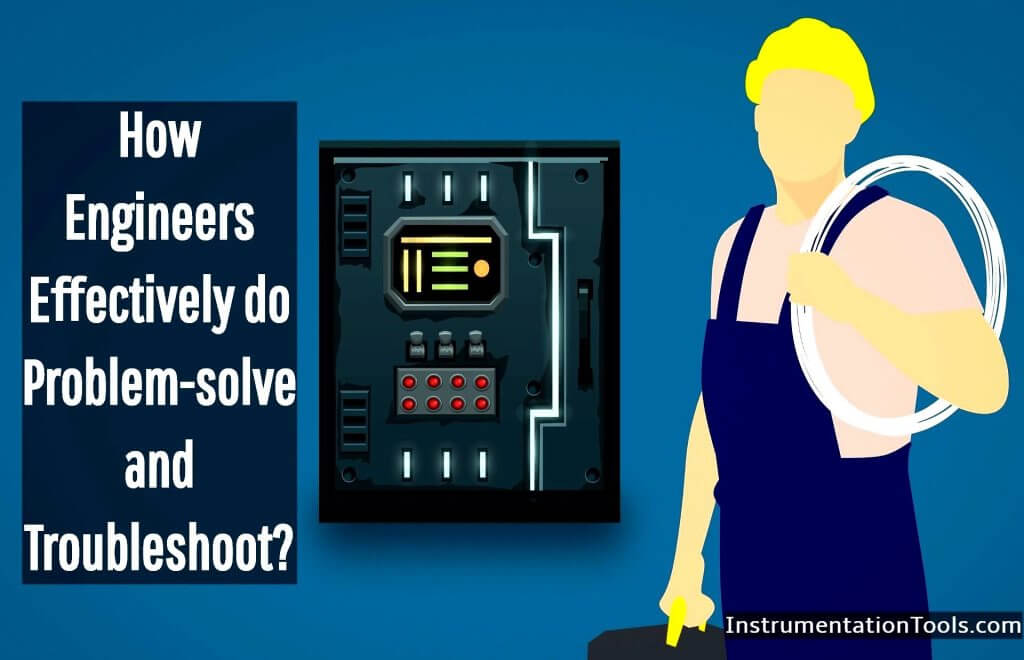
Rely on principles, not procedures.
Don’t be satisfied with memorizing steps – learn why those steps work. Each step should make logical sense and have real-world meaning to you.
Sketch a diagram
Sketch a diagram to help visualize the problem. Sketch a graph showing how variables relate. When building a real system, always prototype it on paper and analyze its function before constructing it.
Identify
Identify what it is you need to solve, identify all relevant data, identify all units of measurement, identify any general principles or formulae linking the given information to the solution, and then identify any “missing pieces” to a solution. Annotate all diagrams with this data.
Perform “thought experiments”
Perform “thought experiments” to explore the effects of different conditions for theoretical problems. When troubleshooting, perform diagnostic tests rather than just visually inspect for faults.
Simplify the Problem
Simplify the problem and solve that simplified problem to identify strategies applicable to the original problem (e.g. change quantitative to qualitative, or visa-versa; substitute easier numerical values; eliminate confusing details; add details to eliminate unknowns; consider simple limiting cases; apply an analogy). Remove components from a malfunctioning system to simplify it and better identify the nature and location of the problem.
Check for Exceptions
Check for exceptions – does your solution work for all conditions and criteria?
Work backward
Work “backward” from a hypothetical solution to a new set of given conditions.
General follow-up challenges for assigned problems
Identify where any fundamental laws or principles apply to the solution of the problem.
Analyze the details in your own strategy for solving the problem. How did you identify and organized the given information? Did you sketch any diagrams to help frame the problem?
Is there more than one way to solve the problem? Which method seems best to you?
Analyze the work you did in solving the problem, even if the solution is incomplete or incorrect.
What would you say was the most challenging part of the problem, and why was it so?
Was any important information missing from the problem which you had to research or recall?
Was there any extraneous information presented within the problem? If so, what was it and why did it not matter?
Examine someone else’s solution (previous or similar) to identify where they applied fundamental laws or principles.
Simplify the problem from its given form and show how to solve this simpler version of it. Examples include eliminating certain variables or conditions, altering values to simpler (usually whole) numbers, applying a limiting case (i.e. altering a variable to some extreme or ultimate value).
For quantitative problems, identify the real-world meaning of all intermediate calculations: their units of measurement, where they fit into the scenario at hand.
For quantitative problems, try approaching it qualitatively instead, thinking in terms of “increase” and “decrease” rather than definite values.
For qualitative problems, try approaching it quantitatively instead, proposing simple numerical values for the variables.
Were there any assumptions you made while solving this problem? Would your solution change if one of those assumptions were altered?
Identify where it would be easy for someone to go astray in attempting to solve the problem.
Formulate your own problem based on what you learned solving this one.
Share Your Experiences, Principles, Problem-solving skills with us through comments.
If you liked this article, then please subscribe to our YouTube Channel for PLC and SCADA video tutorials.
You can also follow us on Facebook and Twitter to receive daily updates.
